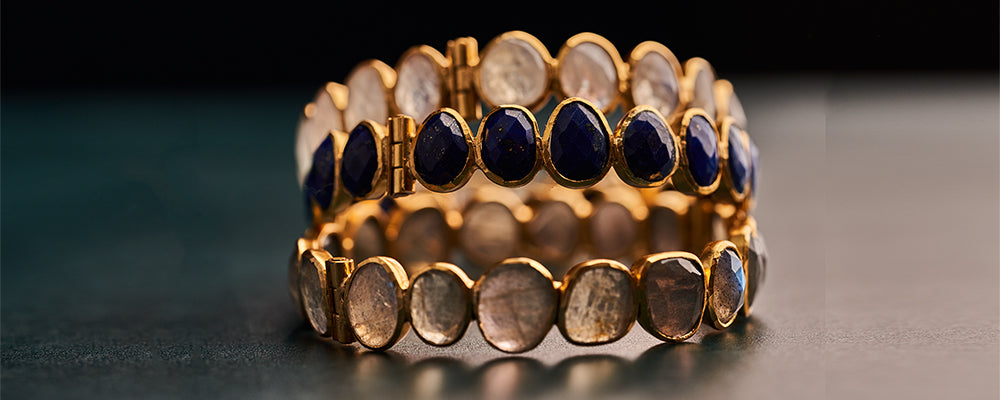Onyx in Ancient Rome

You’re probably familiar with the story of Pompeii—the once prosperous seaside town along the Bay of Naples that was devastated by the eruption of Mt. Vesuvius in 79AD. Although tragic, its discovery revealed a fascinating look into the Ancient Roman world by way of remarkably well-preserved artifacts such as organic food remains, mosaics, and jewelry.
Its often-forgotten sister city of Herculaneum, although closer in distance to Mt. Vesuvius, was also obliterated on that day. But because of weather patterns, the two cities were affected in different ways, determining the way each would later be discovered, excavated, and the condition of the remains.
Fortunately, archaeologists were able to carefully uncover the cities, and its relics, in a manner that today allows tourists to perceive what life may have been like for contemporary inhabitants. Much of the artifacts were moved to museums around the world. Not surprisingly, the National Archaeological Museum of Naples houses the world’s largest collection of precious items including those made of onyx—a stone that is regularly used in Manjusha Jewels designs.
Today, we know that this stone, comprised of layered chalcedony, was widely used throughout Ancient Rome. Archeological artifacts and personal adornments such as the Roman Emperor Augustus’s onyx signet ring serve as fine examples of how the stone was used during this time.
Perhaps even more fascinating are the insights of Pliny the Elder through his works Naturalis Historia, his encyclopedia on natural history where he dedicated entire books to minerals including onyx, observing that “there are numerous varieties of the Indian onyx, the fiery-coloured, the black, and the cornel, with white veins encircling them, like an eye as it were, and in some cases running across them obliquely.”

Pliny the Elder, Wikimedia Commons
He may have perished along with much of Pompeii, but his knowledge of the natural world—including a vast record on gems—remains very much alive, as well as accounts of his character and the events of that fateful day left behind by a familial survivor, his namesake and nephew, Pliny the Younger.
Manjusha Jewels designer, Joey, is forever inspired by art from various epochs. And it’s the reason that many of her creations take on an ancient essence, both through her choice of stones and classic silhouettes, conjuring the beauty of the earth along with remarkable stories and objects of the past.



Warmest Wishes,
The Manjusha Jewels Family
Leave a comment
Comments will be approved before showing up.






